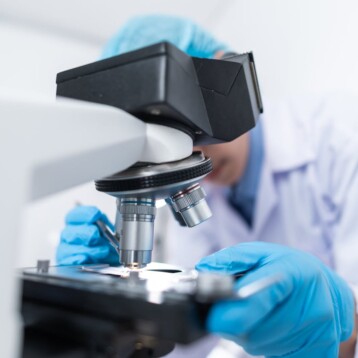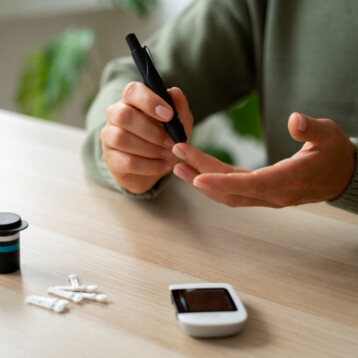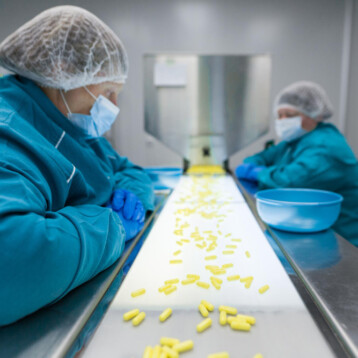|
The innovative technology will allow faster and more accurate photon (the basic quantum unit of light) counting in a wide range of applications, where ultra-low light levels need to be measured. The potential is huge, since there are many optical applications for accurate photon measurement, ranging from medical research and treatment to military and space missions.
The research team at Philips has integrated low-power CMOS electronics into the silicon photomultiplier chip; the result is a digital silicon photomultiplier in which each photon detection is converted directly into an ultra high-speed digital pulse. This pulse can be directly counted by on-chip counter circuitry.
The new method stands in contrast to the conventional silicon photomultipliers, which are only partially digital. The major benefits the new technology offers are faster and more accurate photon counts, with extremely well defined timing of the first photon detection. These two feats are important factors in applications such as medical imaging scanners and high-energy nuclear particle detectors.
An example of the importance of determining the time at which the first photon arrives is a PET scanner, a medical utility. Philips’ prototype of digital silicon photomultiplier has achieved a timing accuracy for the detection of the first photon of around 190 ps, which is a significant improvement compared to existing methods.
“Silicon photomultipliers have many advantages over photomultiplier tubes in terms of size, weight, reliability, maintenance, power consumption, and supply voltage. It is expected that the photomultiplier world very soon will be converted to silicon,” explained Dr. Ir. Albert J. P. Theuwissen, professor at the Delft University of Technology, in the Netherlands.
To eliminate a conventional SiPMs’ need for an external digitizing, the digital silicon photomultiplier developed by Philips equips each individual avalanche photodiode with its own 1-bit on-chip ADC (analog to digital converter) in the form of a CMOS inverter. Each microcell that experiences avalanche breakdown can produce its own digital output that is captured, along with the digital outputs from all other triggered microcells. The capturing is made by an on-chip counter. The result is that the Philips digital SiPM converts digital events directly into a digital photon count – thus achieving significantly better resolution than conventional SiPMs.
The unprecedented performance of Philips’ prototype detector will be presented at the IEEE Nuclear Science Symposium and Medical Imaging Conference taking place in Orlando, Florida, USA. Other important features of this new light detection technology include its robustness, low power consumption, light detection efficiency, and very high level of integration of the optical detection and associated electronic components.
Rob Ballizany, vice president of Philips Corporate Technologies and responsible for the commercialization of this new technology, generalizes the advantages Philips brings to the scientific world. “Solid-state digital technology has already taken over from outdated analog solutions in every-day applications such as TVs, camcorders, and photography,” he said. “Based on my many years experience of successfully switching the photographic industry from analog to digital, I am convinced that high-end professional applications such as medical imaging will undergo a similar switch to digital detectors in the next few years.”
TFOT has covered other Philips innovations, including the Smart Pill, which can administer drugs directly to specific places in the digestive tract, and its latest version, the iPill, which can also communicate with outside devices. Other related TFOT stories include information on the Philips Force Feedback Jacket, which allows users to feel multimedia content through emotional immersion, and the Philips New Health Monitoring System, a body vest that measures the patient’s ECG, heart-rate, breathing rate, and body movement.
For more information about Philips’ New Digital Photomultipliers, see the press release.











